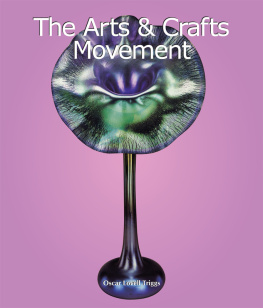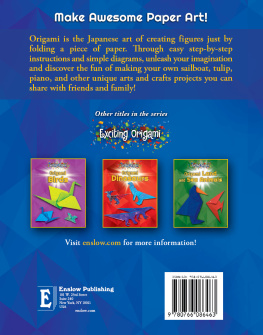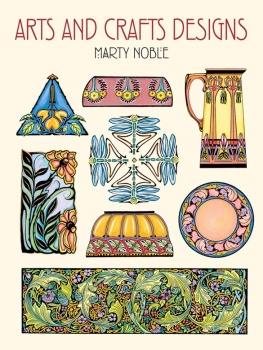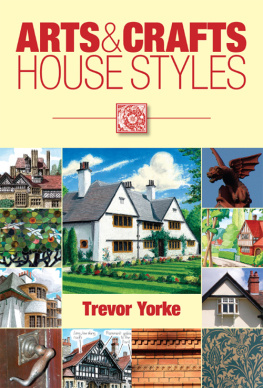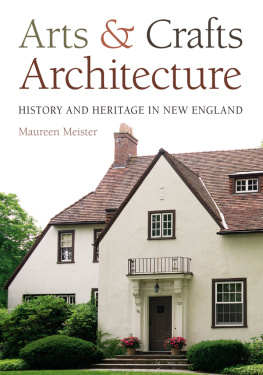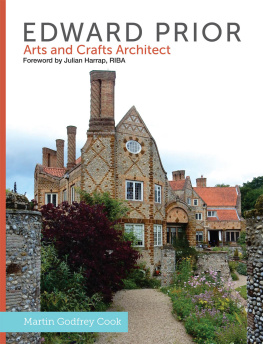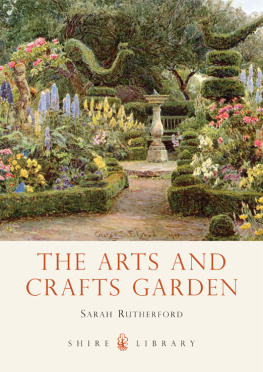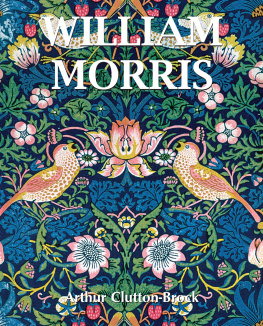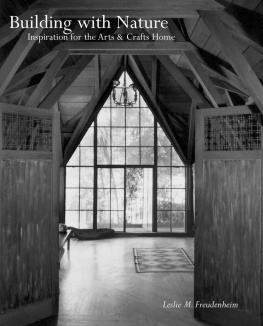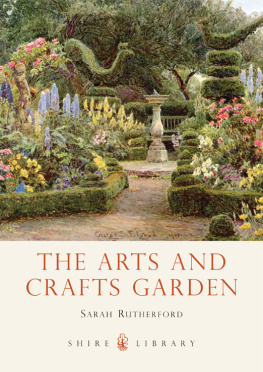Text: Oscar Lovell Triggs
Layout:
Baseline Co. Ltd
61A-63A Vo Van Tan Street
4 th Floor
District 3, Ho Chi Minh City
Vietnam
Parkstone Press International, New York, USA
Confidential Concepts, Worldwide, USA
Charles Robert Ashbee
M.H. Baillie Scott
Peter Behrens Estate, Artist Rights Society (ARS), New York, USA/VG Bild-Kunst, Bonn
Charles Sumner Green
Henri Mather Green
Graily Herwitt
Chris Lebeau
Sir Edwin Lutyens
Lucia Mathews
Alfred Powell
Louise Powell
Gustav Stickley
Charles F. A. Voysey
ALL RIGHTS RESERVED
No parts of this publication may be reproduced or adapted without the permission of the copyright holder, throughout the world. Unless otherwise specified, copyright on the works reproduced lies with the respective photographers. Despite intensive research, it has not always been possible to establish copyright ownership. Where this is the case, we would appreciate notification.
ISBN: 978-1-78310-383-6
Oscar Lovell Triggs
ARTS & CRAFTS
MOVEMENT

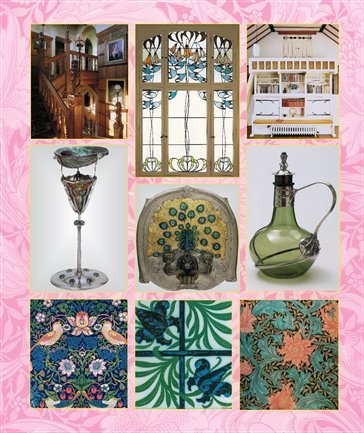
First row (from left to right):
Richard Norman Shaw (architect),
main staircase, 1883-1884.
Cragside House, Garden and Estate, Rothbury.
M. H. Baillie Scott ,
window for the Music Room of Dr. R. K., Manheim, 1902.
Museum Knstlerkolonie, Darmstadt.
William Morris (original design),
Philip Webb (painting of the original three doors), settle and bookcase.
Dante Gabriel Rossetti (painting of the original three doors), settle and bookcase.
The Red House, Bexleyheath, London.
Second row (from left to right):
Phoebe Anna Traquair ,
Angel Chalice, 1904-1905.
Victoria & Albert Museum, London.
Alexander Fisher ,
The Peacock Sconce, c. 1899.
Victoria & Albert Museum, London.
Charles Robert Ashbee (for the design),
the Guild of Handicraft (for the manufacturing),
decanter, c. 1904-1905.
Victoria & Albert Museum, London.
Third row (from left to right):
William Morris (design) and Morris & Co. (production),
Strawberry-Thief, 1883.
Victoria & Albert Museum, London.
William Morris ,
Tulip and Trellis, 1870.
Victoria & Albert Museum, London.
William Morris ,
Single Stem, c. 1905.
Victoria & Albert Museum, London.
Contents
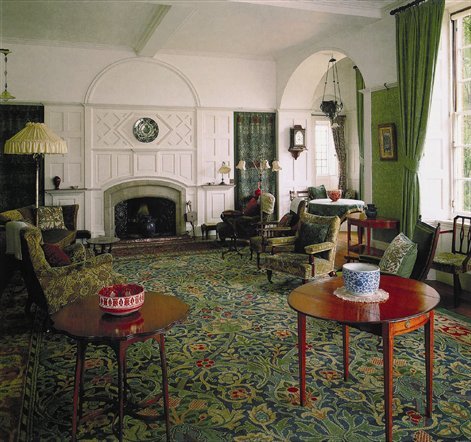
Philip Webb and Morris & Co.,
The Victorian Drawing Room,
c. 1892-1894.
Standen, East Grinstead.
1 - Ruskins Contribution
To The Doctrine Of Work
Art is no recreation, it cannot be learned at spare moments, nor pursued when we have nothing better to do. It is no handiwork for drawing-room tables, no relief for the ennui of boudoirs; it must be understood and undertaken seriously or not at all. To advance it mens lives must be given, and to receive it, their hearts. John Ruskin, Modern Painters, 1843.
The primary motive of the Arts and Crafts movement was, as the name implies, the association of art and labour. Initially an English movement, it slowly emerged from the general industrial field over about forty years, though its differentiation into a distinct phase of industrialism belonged to the last ten years. The year 1860 was counted as the approximate year of its beginning, when William Morris built his famous Red House on the outskirts of London, and served his apprenticeship to the industrial arts by designing and executing the decoration and furniture of his home. The Arts and Crafts theory appeared before 1860 though, through the writings of Ruskin and Morris.
The story of John Ruskins pilgrimage, his passage from naturalism to artistic interests, and thence to socialism, is one of the most significant life histories of the nineteenth century. In all his early writings on nature and art it was the relation of these to man for which he cared. Ruskins moral sentiments were the element that differentiated him from other art teachers and thus marked him early for the mission of social reform. He declared himself that the beginning of his political economy is to be found in the assertion in Modern Painters that beautiful things are useful to men because they are beautiful, and for the sake of their beauty only, and not to sell, or pawn, or in any way turn into money. We are fortunate also to have Ruskins own statement of the purpose of his art studies, following upon Modern Painters. He told an audience at Bradford:
The book I called The Seven Lamps was to show that certain right states of temper and moral feeling were the magic powers by which all good architecture, without exception, had been produced. The Stones of Venice had, from beginning to end, no other aim than to show that the Gothic architecture of Venice had arisen out of, and indicated in all its features, a state of pure national faith and of domestic virtue, and that its Renaissance architecture had arisen out of, and in all its features indicated, a state of concealed national infidelity and of domestic corruption.
The recognition of the relations between art and national character signifies the social bearing of these volumes. Concerning the Stones of Venice, W. G. Collingwood makes the following comment:
The kernel of the work was the chapter on the nature of the Gothic, in which he showed, more distinctly than in The Seven Lamps, and connected with a wider range of thought, suggested by Pre-Raphaelitism, the great doctrine that art cannot be produced except by artists; that architecture, in so far as it is an art, does not mean the mechanical execution, by unintelligent workmen, of vapid working-drawings from an architects office; that, just as Socrates postponed the day of justice until philosophers should be kings, and kings philosophers, so Ruskin postponed the reign of art until workmen should be artists, and artists workmen... Out of that idea the whole of his doctrine could be evolved, with all its safe-guardings and widening vistas. For if the workman must be made an artist, he must have the experience, the feelings, of an artist, as well as the skill; and that involves every circumstance of education and opportunity which may make for his truest well-being. And when Mr. Ruskin came to examine into the subject practically, he found that mere drawing-schools and charitable efforts could not make an artist out of a mechanic or country bumpkin; for wider questions were complicated with this of art nothing short of the fundamental principles of human intercourse and social economy. Now for the first time, after much sinking of trial-shafts, he had reached the true ore of thought, in the deep-lying strata; and the working of the mine was begun.
The volume entitled A Joy Forever being the substance of lectures delivered in 1857 on the political economy of art the title is significant marks definitely the parting of the ways, and his intention thereafter to speak out openly on social themes.
As an economist Ruskin inaugurated three departures from teachings of the time, the first relating to general political economy, the second to the theory of beauty, and the third to the doctrine of work. Ruskins divergence from the economical teaching of his day was not wider than his difference from contemporary aesthetics. The term aesthetic had been first used by Baumgarten in the eighteenth century to designate the science of beauty, meaning by the term that the beautiful made its primary appeal to sensation, as distinguished from the good and true, where perception was interior.

